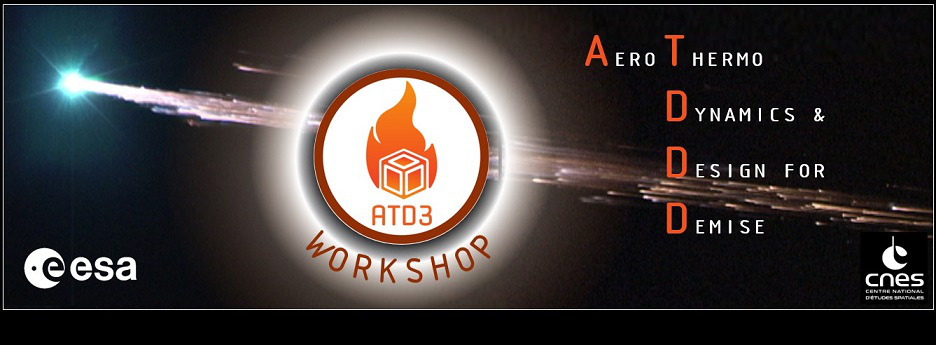Speaker
Description
Recent data has shown that between 2000 and 2020, the number of objects in orbit around the Earth has increased by approximately 82%, reaching a value close to 20000 objects, from which 53% are fragmentation debris, and the current tendency is for the number of space objects to grow in the forthcoming years. This increase has led to the need for a sustainable use of the space environment, by guaranteeing a safe disposal of the objects launched into orbit. In order to avoid the cluttering of space and decrease the risk of in-orbit collisions, the objects undergo a destructive atmospheric re-entry in a controlled or uncontrolled manner after reaching their end of life, which can trigger the generation of several fragments that need to be tracked. The accurate prediction of this destructive process is an important step to correctly assess the ground impact risks of surviving fragments.
The accurate simulation of a multi-body atmospheric reentry is equivalent to solving a complex multi-physics problem, which is a difficult and time-consuming task. High-fidelity simulations are computationally demanding, even more with the increase of assumptions complexity and increase in the number of fragments during the demise process, making the use of low-fidelity methods appealing. The major drawback of using low-fidelity methods is the high degree of uncertainty risen from the simplified engineering assumptions and the treatment of the objects computational geometry.
To overcome this issue, a multi-fidelity based approach in proposed. A recently developed fully automated framework based on the open source tool FOSTRAD (Free Open Source Tool for Re-entry of Asteroids and Debris) allows the computation of the aerodynamic and aerothermodynamic quantities at the different flow regimes experienced by the bodies during the reentry process (e.g. rarefied, transitional, slip-flow and continuum regime) using local panel inclination method based on the Modified Newtonian Theory. The uncertainty of the results is reduced through the use of an high-fidelity CFD solver when the simplified models uncertainty surpasses the imposed threshold, thus correcting the predictions, and during very sensitive time-windows, such as the moments before and after the breakup of the joints connecting the bodies. The fidelity coupling allows the demise simulation to take into account the influence of the shock-generated flow features and shock impingement in the bodies dynamics and fragmentation. The dynamic motion of the objects is computed using the integrated 6 Degrees Of Freedom (DOF) trajectory propagator, enabling to analyse the individual fragment trajectory. The computational grid required for the high-fidelity CFD simulation is automatically generated using the API calls to the open-source mesh generator GMSH. Additionally, to achieve grid convergence, the grid is refined using the anisotropic grid adaptation tool AMG.
To test the new framework, a test-case of two spheres connected by a cylindrical beam is conducted, and the results compared with the solution obtained from FOSTRAD. At this first stage, the flow is assumed to be inviscid and the separation of the bodies is considered to occur at a given specific altitude

